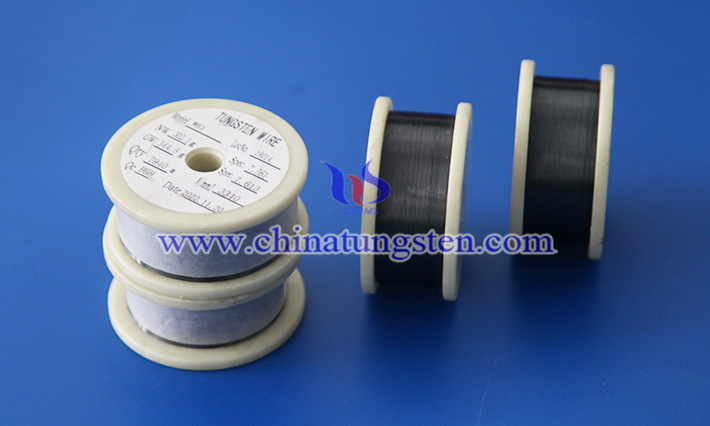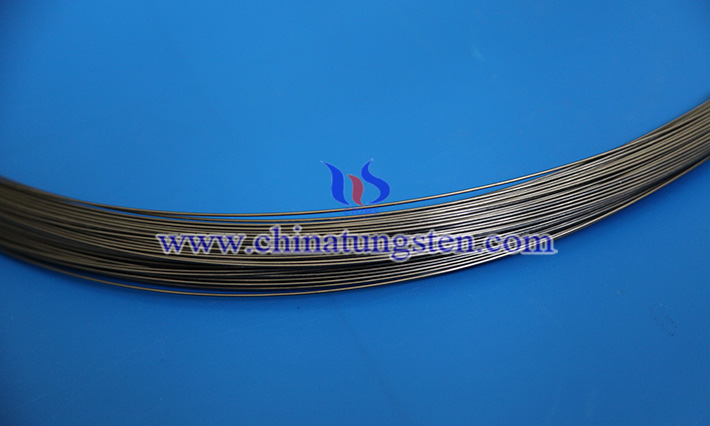Does the Diameter of a Tungsten Wire Matter?
- Details
- Category: Tungsten's News
- Published on Wednesday, 15 February 2023 13:53
The regular sizes of tungsten wire can vary depending on the manufacturer and the intended application. However, some common sizes include:
Diameter: the diameter typically ranges from 0.01 mm to 3 mm. The specific diameter needed depends on the desired application, as well as the required electrical and thermal properties.
Length: the wire is typically supplied in spools of varying lengths.
Gauge: the gauge of the wire refers to its diameter, and is often expressed in millimeters or in American Wire Gauge (AWG) units. For example, a black tungsten wire with a diameter of 0.5 millimeters would have a gauge of approximately 22 AWG.

Does diameter of tungsten wire matter?
The diameter of a wire does matter, as it affects a number of the wire's physical and electrical properties. Some of the factors that can be impacted by the diameter of a wire include:
Resistance: the resistance of a wire is inversely proportional to its cross-sectional area. This means that a wire with a larger diameter will have a lower resistance than a wire with a smaller diameter.
Current carrying capacity: the current carrying capacity of a wire is proportional to its cross-sectional area. This means that a wire with a larger diameter can carry more current than a wire with a smaller diameter without overheating.

Strength: the strength of a wire is proportional to its cross-sectional area. This means that a wire with a larger diameter will be stronger and able to support more weight than a wire with a smaller diameter.
Flexibility: the flexibility of a wire is inversely proportional to its diameter. This means that a wire with a smaller diameter will be more flexible and easier to bend than a wire with a larger diameter.
Therefore, when choosing a wire, it is important to consider its intended application and select a diameter that provides the desired balance of resistance, current carrying capacity, strength, and flexibility.
- Tungsten Manufacturer & Supplier, Chinatungsten Online: www.chinatungsten.com
- Tungsten News & Prices of China Tungsten Industry Association: www.ctia.com.cn
- Molybdenum News & Price: news.molybdenum.com.cn
- Tel.: 86 592 5129696; Fax: 86 592 5129797; Email: sales@chinatungsten.com



 sales@chinatungsten.com
sales@chinatungsten.com